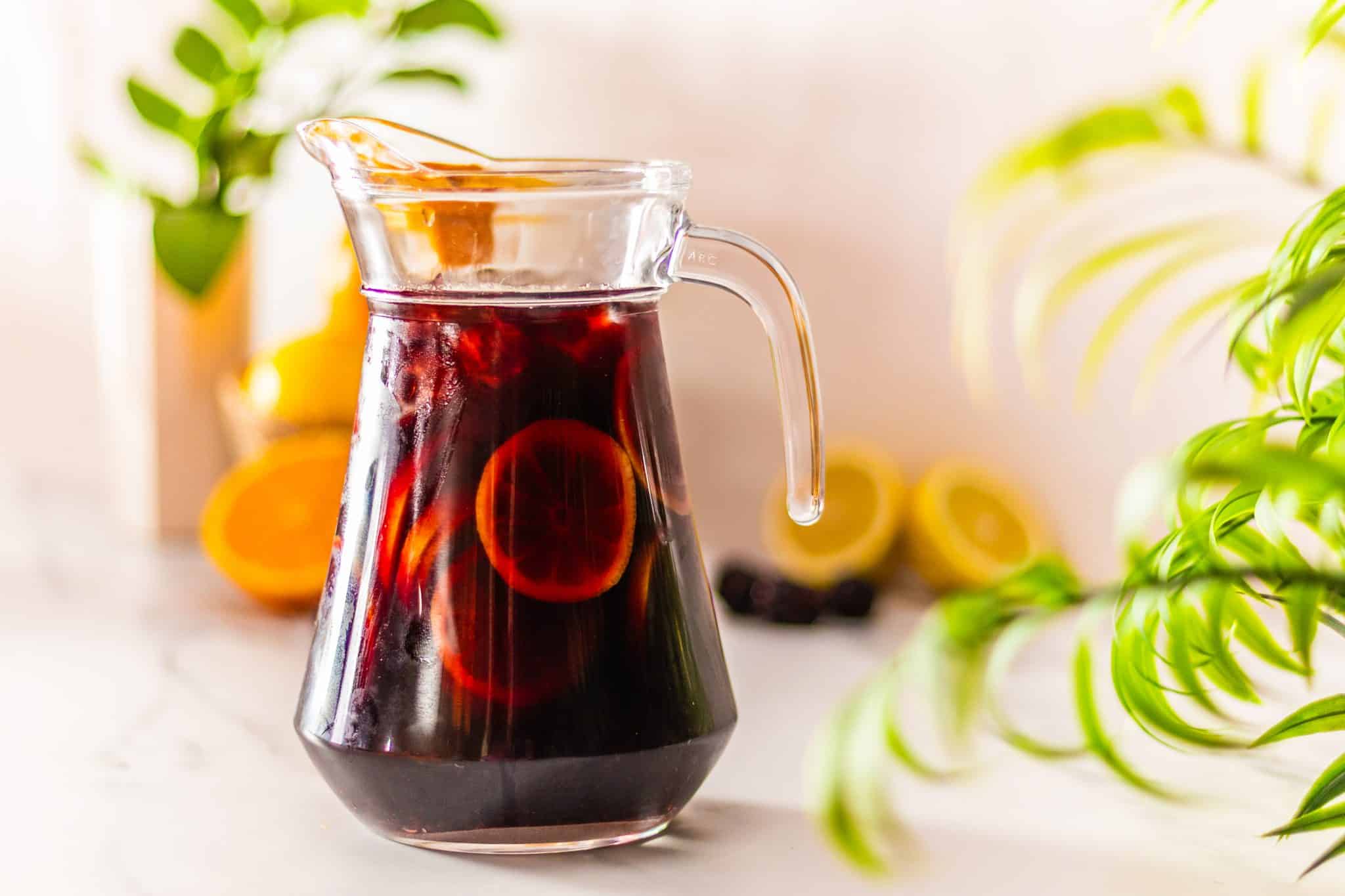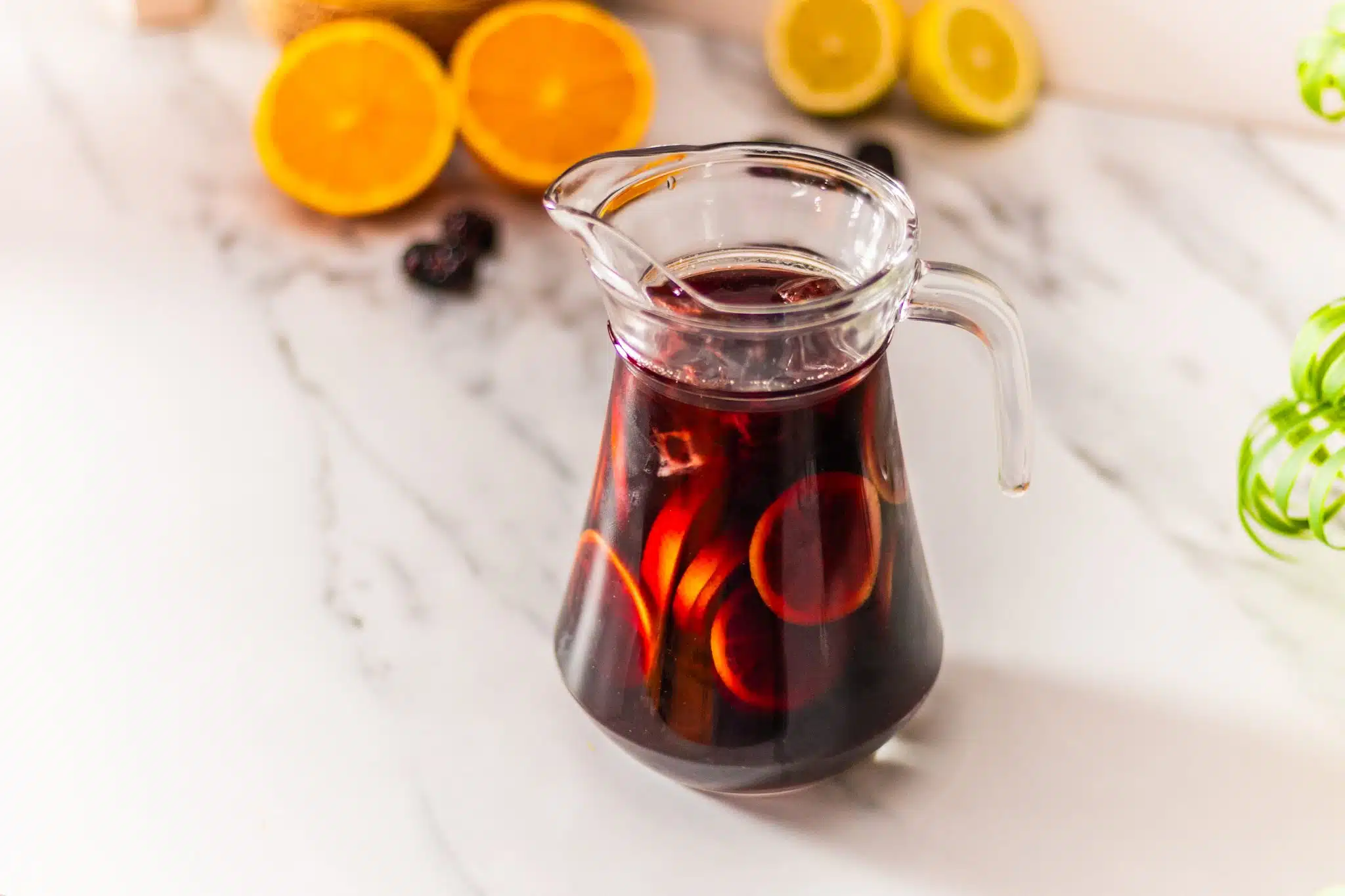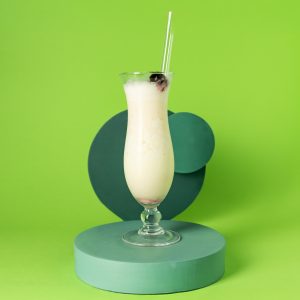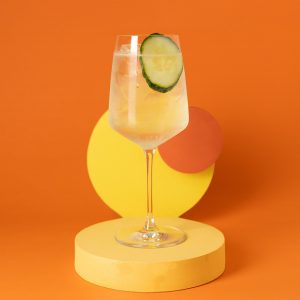Elevate your summer gatherings with this unbeatable Sangria recipe! Packed with red wine, fresh fruit, and a splash of brandy, this crowd-pleaser is as refreshing as it is easy to make.
Prep time:
2 minutes minutes
Mixing time:
2 minutes minutes
Servings:
4
Calories:
892
Ingredients
- 1 bottle of Red Wine
- 1 orange - thinly sliced
- 1 lemon - thinly sliced
- 2 tbsp sugar
- 1½ oz Brandy
- soda water - to top
- Ice cubes
- Additional fruits like berries, peaches, or an apple - (optional)
Equipment
- Large Pitcher
- Measuring Jigger
- Stirrer or Wooden Spoon
- Glasses for serving
Instructions
- Prep Fruit: Slice 1 orange and 1 lemon thinly.
- Sweeten: Add 2 tbsp sugar to the bottom of the pitcher.
- Fruit Layer: Place the sliced orange and lemon into the pitcher.
- Add Brandy: Pour 1½ oz Brandy over the fruit.
- Pour Wine: Add 1 bottle of Red Wine.
- Add soda: Fill up the pitcher with soda water.
- Stir Well: Use a wooden spoon to stir, ensuring the sugar dissolves and add some ice.
Notes
Substitutes:
- Red Wine: I've used white wine or rosé when I'm out of red. The flavor profile changes, but it's still delicious.
- Brandy: If you don't have brandy, a dark rum or flavored liqueur like peach schnapps works well.
- Sugar: No sugar? Use honey or a sugar substitute. Just taste as you go to get the sweetness right.
Making a Pitcher of Sangria:
- Scale: Double or triple the ingredients to make a larger batch. For example, use 2 bottles of wine, 2 shots of brandy, and so on.
- Mix: Combine all the ingredients in a large pitcher and follow the original steps.
Making it Non-Alcoholic:
- Wine Substitute: Use grape juice or a non-alcoholic red wine.
- Brandy Substitute: Omit or use a non-alcoholic vanilla or almond extract for some depth.
- Proceed As Usual: Use these non-alcoholic substitutes and follow the original steps.
Making it Vegan:
- Sugar: Make sure to use vegan sugar, as some sugars are processed using bone char.
- Wine: Check that the wine you're using is vegan, as some wines use animal products in the filtration process.
What is a Sangria?
Sangria is a Spanish punch that combines red wine, fruit juices, soda water, fruit, and sometimes liqueurs. It’s often served chilled for refreshing summertime outdoor gatherings. Originating in Spain, Sangria has gained worldwide popularity and can be found on drink menus everywhere. The beauty of Sangria lies in its simplicity and flexibility; you can easily customize it with your favorite fruits and wine. While it might seem like a fancy drink, making Sangria is straightforward and hassle-free.

What is a Sangria made of – The Ingredients
A Sangria calls for these ingredients:
- Red Wine: The drink’s base contributes to its rich, fruity flavor.
- Fruit Slices: Add natural sweetness and visual appeal.
- Brandy: Gives the Sangria a kick and deepens the flavor.
- Sugar: Sweetens the mix, balancing the tartness of the wine and fruit.
- Soda Water: Adds fizz and lightness to the drink.
- Ice Cubes: Keep the Sangria chilled without diluting it too much.






















